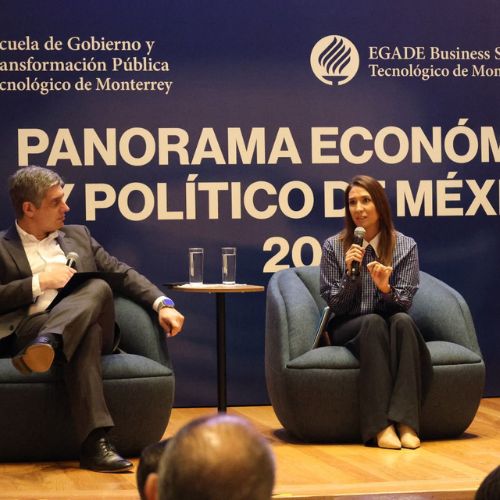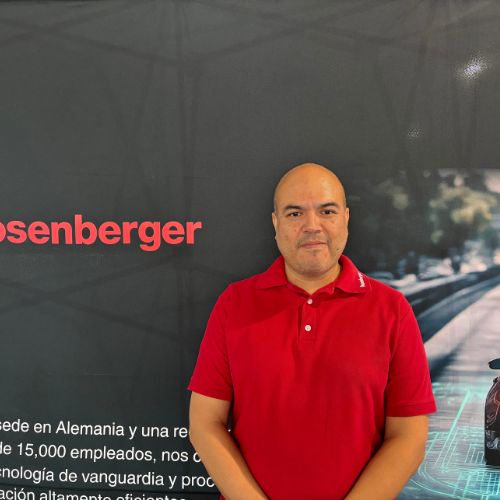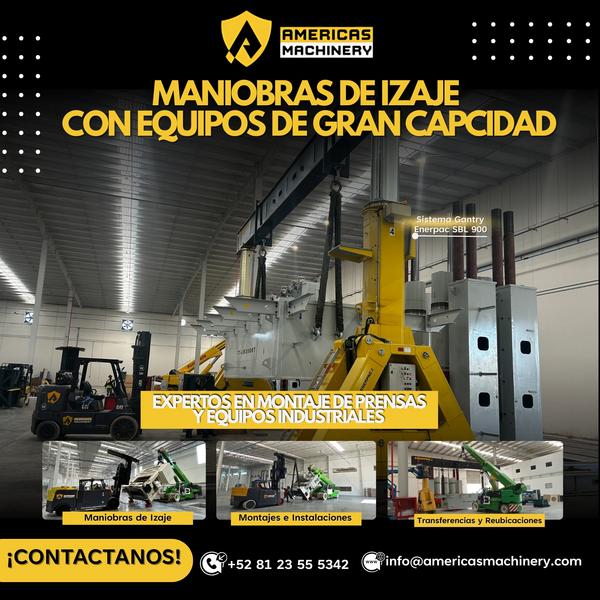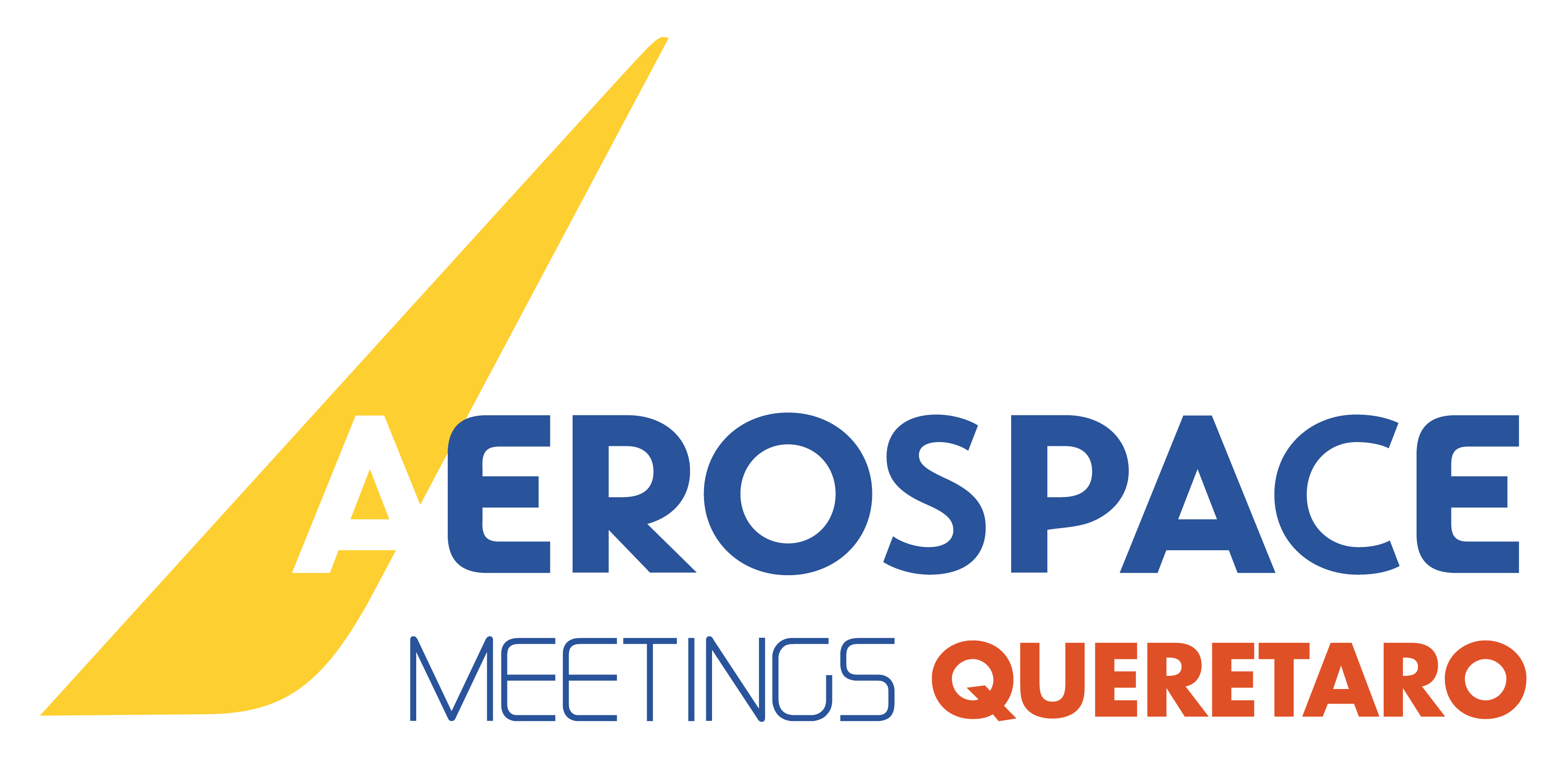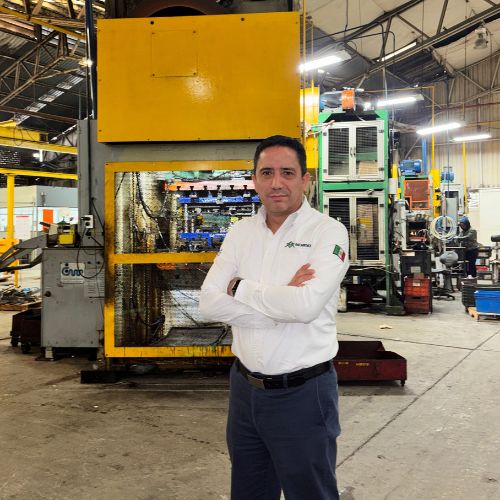Today, companies focus their efforts on operations, without paying attention to what makes and keeps a company: its human capital.
This is why, at times, some companies run into problems of low productivity, inability to achieve goals, high absenteeism and turnover – and even failure.
"If a company is experiencing the above problems and has already reviewed its technology and processes, and these are in order, then the problem lies in its people, mainly in the company’s leadership," said Rogelio Soto, Vice President of Human Resources at Grupo Prodensa.
It is estimated that a good working environment contributes to productivity in positive ways, increasing it by anywhere from 20% to 60%.
Such an environment can be achieved by incorporating different practices and actions into a company, such as good treatment, respect, excellent leadership, variable compensation, and the retention of talent.
How can I know the state of my business’ work climate? our readers may ask. The answer is very simple: through a critical analysis of the work environment, surveys, and interviews with personnel to gauge both their level of satisfaction and areas for further improvement.
"Grupo Prodensa offers services in carrying out written surveys and personal interviews, either individually or in groups, in order to investigate and thus define in what areas the problem is centered, as well as to determine what practices should be carried out to improve the working environment, which consequently will directly impact the company’s productivity and more," explained Soto.
It is estimated that companies in Mexico have an average of 60% to 70% employee satisfaction, even though a very good working environment has up to 85% satisfaction.
"When workers feel comfortable and happy in the company where they work, the turnover rate decreases because they trust in and are highly committed to the company – while the reverse occurs in companies that have problems in operations," said Soto.
"A poorly treated and unappreciated worker in a company looks for ways to take out his or her frustration. He or she may do poor work, in such a way that his or her immediate boss or supervisor is affected. If this situation is multiplied by the total number of workers who are unhappy because of poor leadership, the company can have serious production problems, even to the point that it has to close," Soto said. He also commented that such a situation happens when a company does not realize that its fundamental problem can be due to human capital.
In order to have a stable, optimal work environment, a company needs to have good leaders. These leaders should lead by example in areas like recognition, communication, good treatment, clear objectives, well-defined targets, and reasonable compensation that is in line with market conditions. The leaders’ example can then be communicated to managers and they in turn can re-transmit it to other levels.
The specialist explained that the difference between a boss and a leader is that the boss orders and imposes, whereas the leader facilitates, builds confidence, and respectfully asks what is required. In other words, he or she wins the other workers and knows how to act intelligently, which includes having a good dose of emotional intelligence.
Keys for Success
A specialist in the field of human resources, Rogelio Soto explained to Somos Industria’s readers the six key points necessary in order for a worker to stay in a company, which also serve as keys for a company to retain its talented staff.
These points should be applied starting from recruitment and at all times in a company.
The first key point focuses on the work: the worker must find the position enjoyable and have the skills and aptitude for it. "The employee should like what he or she is going to do," said Soto, commenting that there are people who work in harsh and difficult conditions, but like them, and that is a very important reason why they stay.
The second key is treatment. How well does the company treat its employees?
"There are companies that show the treatment that workers will receive starting from day zero. That is, on the day of the interview with the human resources department, these companies leave potential employees waiting outside in the sun, they are unpunctual with them, and they do not explain or appreciate their time during the interview," he said.
The third key is recognition. Recognizing the achievements that a person has obtained – not only every 6 months or every year, but continuously, even before he or she starts working at the company – is a point in the company’s favor. And when a person now works for the company, he or he should continuously receive feedback so that he or she stays motivated.
Communication is the fourth key for keeping talent. Explaining to workers from the start what a plant does, sharing with them the company’s mission and vision, showing them its production indicators, and following up with them: all of these behaviors will make employees feel more secure and more a part of the company. Accomplishing a goal motivates people, as does success. "It is very important to know who communicates all of the above to employees, where they communicate it, how often they do so, and what is the reason behind it," said Soto.
The fifth key is physical conditions, that is, if workers have the minimum conditions necessary to do their work and meet their basic needs as human beings. These conditions include having facilities in good condition, bathrooms, a dining room, lockers, desks, chairs, lighting, noise, a safe breathing environment, tools, safety equipment, among others. If these needs are met, then this will definitely be a plus for helping employees to feel comfortable in the company.
Compensation and payment are the sixth point. If a company meets all of the above qualifications, pays reasonably well under average market conditions and depending on work type and conditions, and also has a variable compensation system or incentive system, then its personnel will stay very motivated and remain in the company.
"In the event that an employee receives a job offer with a higher compensation in salary and/or benefits, then the he or she will evaluate the first 5 points before thinking about leaving the company, since your company has the conditions that make him or her feel very well treated, valued and motivated," Soto said.
The manager clarified that 80% of the reasons why a worker feels good in a company are based on the six points mentioned above, while the remaining 20% depend on other important annual activities, such as Mother's Day, Family Day, Open House, Christmas parties, and sporting events, among many others.
Soto emphasized that the best companies to work with have employee satisfaction rates of more than 85%.
A Success Story
Grupo Prodensa shared with Somos Industria a success story from an engineering company located in the town of Guadalupe.
The company had had serious problems in their production indicators, as well as large amounts of scrap, much product in storage, high absenteeism and turnover, and a failure to meet their production targets.
To improve all of these problems, the company decided to increase salaries, place TVs in the dining room, and try other actions like these, but nothing worked.
The U.S. corporate office sought Grupo Prodensa’s support and, through its Human Resources department, Prodensa intervened and carried out an evaluation with all employees, from operators to managers.
“We asked basic questions so that we could understand what was happening in the company. ‘How do you feel?,’ ‘Why are you discouraged and what motivates you?’ among other more specific questions, and we began to obtain relevant information. One of the basic questions we asked was even ‘Do you know the production goal?’ And 90% of those interviewed either did not know it or mentioned different numbers," said Soto.
People made numerous mistakes when welding. They worked in the ways that they had learned during their courses or from their experience, but they had had no training about how to tailor their production processes specifically for the company’s products.
The employees had no clear direction, they were not continually given either recognition or feedback, they were not treated with respect, they did not feel supported, their roles were not clearly defined, they had no clear goals, and they did not have the company’s mission and vision in mind. All of these factors affected productivity, and the company even started to think about closing.
As a result of their investigation, Prodensa recommended that the company apply 6 simple, yet strategic practices: 1) Implement the 5 golden rules of employee treatment, 2) Place your talent where they most like to work and where they have the most skills, 3) (For the Plant Manager and Management staff) Re-focus your leadership style, 4) Redefine your operating system based on a clear quality system, 5) Communicate daily goals, 6) Implement a culture focused on Execution. "We had the opportunity to work with this investor, and it was very successful," explained Prodensa’s manager.
After several months, the company’s defects decreased from 2,000 to 250. The same held true for its good parts: at first only 30 of every 100 pieces that the company produced met the quality standards required, and the other 70 had to be re-worked or turned into scrap. After a year, there was a substantial and very favorable change: 95 out of every 100 pieces were done well the first time and only five had to be re-worked. The OEE rose from 55% to 80%.
In 2008 Grupo Prodensa conducted a survey of the company’s work environment, and it earned a 50.85%. By the following year, after the company had implemented Prodensa’s suggestions from 2009, this number had increased by over 50%.
Camaraderie grew from 50% to 76%, compensation from 41% to 60%, and leadership-supervision from 55% to 80%.
"All of this happened without necessarily increasing the cost of the compensation structure, which was at average market conditions. Instead, they only focused on leadership, good treatment, recognition, a clear operating model, flawless execution, and related activities," said Soto.
As can be seen in the survey indicators, the plant improved markedly and even re-made the decision to expand their operations in the state.
Great Places to Work
In order to evaluate and recognize companies for whom human capital is paramount and, therefore, who apply every one of the practices mentioned above so as to keep their talent and be highly productive and successful, every year Great Place to Work releases its list of the 100 best companies at which to work.
Great Place to Work is an international organization that evaluates work environments, that is, it evaluates the work climate. For them, a great workplace is one where "you trust the people you work for, have pride in what you do, and enjoy the people you work with.”
In 2011, 100 companies in Mexico were recognized in the category of 500 to 5,000 workers. Among these companies are included some from manufacturing, such as Plantronics Mexico, Diageo Mexico, Alcoa, Goodrich, Lego Mexico, Industrias ALEN, Eaton Truck Components, Accor Mexico, Sika Mexicana, Daimler Financial Services, Ernst & Young, Bridgestone of Mexico, Navistar Mexico (International), and Eaton Controls, among others.
It is estimated that the companies who win this recognition perform better, have better economic and financial results, have a lower rotation rate, and are undoubtedly more productive.
(BARRA DE LADO)
Goal: Retaining talent
Companies may have the best technology and the best processes, but their products will still be poor without quality employees.
"A quality company requires quality people in all areas, from cleaning, warehouse and production personnel all the way up to management. Everyone must do their work, whatever it is. For that, you need to select good employees," said Sergio Tapia Covarrubias, Managing Director of Consultores Asociados, a company that provides labor and legal advice to businesses.
The manager mentioned that a recently detected trend in the business world is the complexity of acquiring qualified, suitable personnel. When qualified people are finally brought in and trained, they leave the company, even going with the competition.
"Despite good performance agreements, new companies find ways of attracting talent and it cannot be avoided that, for better pay, operators, trustworthy employees, and managers leave," said Tapia, who assured that everyone wants to earn more and work less, while the employer wants more work for less pay.
"One solution for overcoming the above contradiction is that the worker be willing to work better in exchange for a better income. And an intelligent, capable and visionary employer must be willing to pay more for a better job," stressed Tapia.
To retain responsible talent, the adviser reminded that it is necessary to design ways for employees to grow, such as college courses or studies that develop employees’ skills for the good of the company.
"This strategy is very closely linked to retaining talent. Contracts can be implemented that commit employees under certain circumstances," he said.
Another solution may be applying forms of compensation with variable salaries, in a reasonable and legal way.
"One example might be designing systems where the base salary comprises 60% or 70% of income and the variable salary accounts for the rest. In this way, workers will be given a number of elements that will allow their skills and knowledge to enable them to produce more and better than their peers, as long as the volume of products are acceptable in quality, " said Tapia.
Ad Hoc Workers
He stressed that companies have all kinds of workers, and among them are three types: the A workers, who are lazy but tolerable; Type B workers, who are average yet acceptable; and Type C workers, who are great at what they do.
For a company to be successful, it must have a combination of these three types of workers, ideally 3% Type A, 60% Type B, and 37% Type C.
"The ideal mix may vary depending on the type of process; there are companies who need a high percentage of excellent staff, as is the case in high-tech companies like those in the aerospace industry. Others, such as those specializing in assembly or routine, less complex processes require intermediate personnel," explained Tapia.
"Sometimes there are overqualified employees who do not apply to companies with routine processes, and they create problems in the organization because they are capable and want higher participation and higher wages for their skills," he said.
Because of this, companies are advised to assess their processes in order to identify the skills and characteristics necessary for employees and to know whether the work is suitable for them.
SPOTLIGHT
"If a worker likes his or her work, receives feedback, knows his or her goals, is recognized for his or her achievements, is told how to improve when he or she makes a mistake, is treated with respect, is kept informed, receives a reasonably good salary, and has an attractive system of incentives – that worker will be unlikely to leave the company," said Rogelio Soto, Managing Director of Human Resources at Grupo Prodensa in Monterrey.
"A quality company requires quality people in all areas, from cleaning, warehouse, and production personnel all the way up to management. Everyone must do their work, whatever it is. For that, you need to select good employees," emphasized Sergio Tapia Covarrubias, Managing Director of Consultores Asociados.
66% of people are looking to change jobs
20% -60% increase productivity with a healthy working environment
Rogelio Soto
Human Resources Managing Director
(81) 1340-7070













































